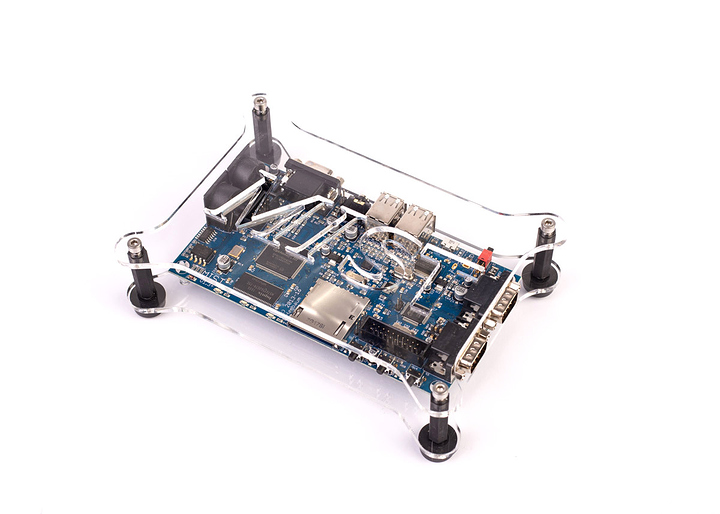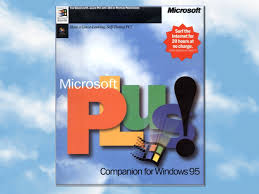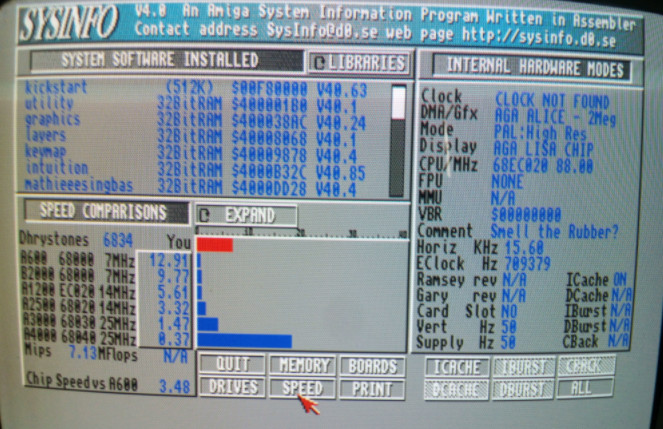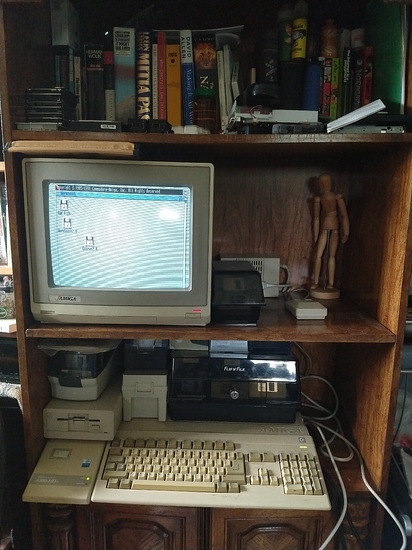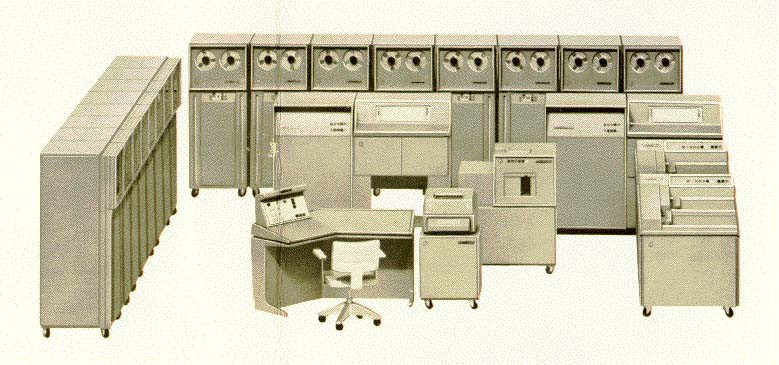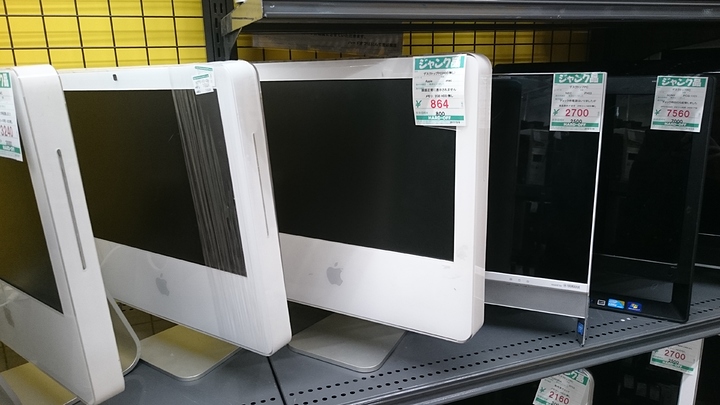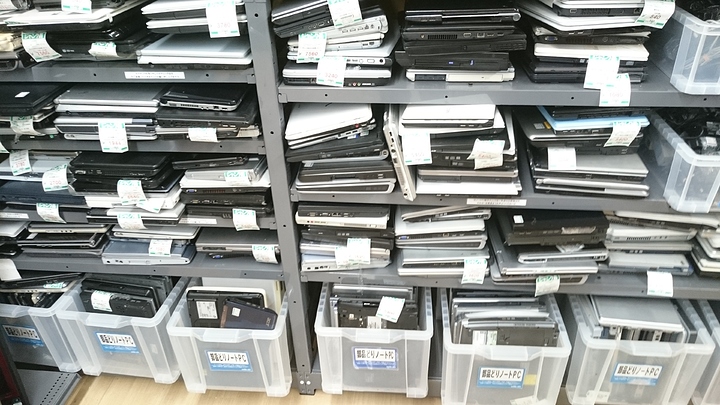OK, chip-watchers, time to break out the pretzels and beer, settle back and enjoy the show as some of America’s most sophisticated technology companies slug it out over who will build the brains of tomorrow’s computers.
Welcome to the microprocessor wars, round four.
Today, Intel Corp. of Santa Clara will take the robe off its newest contender, the long-awaited 80486. Meanwhile, archrival Motorola Inc. of Schaumburg, Ill., is tying the gloves on its latest wonder chip, the 68040.
By high-tech standards, the rivalry is an ancient one. Intel and Motorola have been trying to top each other’s microprocessors for more than a decade.
But this time, industry oddsmakers say the two companies will find themselves vying in markets that have undergone important changes since they last fielded champions. And both will face a new threat from competing chips based on an upstart technology that has turned what used to be a two-company contest into a bench-clearing brawl.
“The amount of confusion out there is as high as I’ve ever seen it, ” says Drew Peck, a technology analyst with Donaldson, Lufkin & Jenrette in New York. “Motorola and Intel are well- situated to become the microprocessor standards of the future. But right now, it’s a tossup as to who’s going to come out on top.” As predictable extensions of familiar product lines, neither chip is much of a surprise. But both promise a whopping dose of the computer industry’s most sought-after commodity — speed. Computers built around the 68040 and the 486 — the first of which will probably debut in mid-1990 — will work two to three times faster than today’s machines, approaching the power of multimillion-dollar mainframes.
Behind that extra muscle are some extraordinary design feats. Motorola’s 68040 boasts 1.2 million transistors, the tiny on-off switches that microprocessors use to manipulate data. Intel’s 486 chip is expected to be almost as dense, packing more than 1.1 million transistors onto a thumbnail- sized slice of silicon. By contrast, the much-ballyhooed 80386, the 486’s predecessor and the engine of many powerful business computers, has 275,000 transistors.
Both processors also provide a high level of integration — combining more of a computer’s functions onto a single chip. In addition to basic microprocessor tasks, the 68040 and 486 set aside space for frequently used data and instructions traditionally stored in separate memory chips. The two also include special “floating-point” math units designed to tackle the huge volume of number-crunching used in graphic simulations and spreadsheet calculation.
“From a technology point of view, both chips are extremely similar, ” says Michael Slater, editor of the Microprocessor Report in Palo Alto.
The companies’ customers, however, are not. Intel scored an important early victory when its chips were adopted by International Business Machines Corp. for use in its personal computers. IBM clone makers such as Compaq Computer Corp. quickly followed suit, virtually assuring Intel of exclusive access to the IBM-compatible PC market.
Motorola, meanwhile, persuaded Apple Computer Inc. of Cupertino to use the 68000 line for its popular Macintosh family of personal computers. Motorola also dominates in technical work stations, supplying chips to companies such as Sun Microsystems Inc. of Mountain View and Hewlett-Packard Co. of Palo Alto, which specialize in computers for the engineering market.
Last year, Intel and Motorola were neck-and-neck in sales of 32-bit microprocessors — the same class of chips as the 68040 and the 486. While neither of the new chips is likely to give one company an advantage over the other, analysts say several factors in the computer markets are beginning to skew the race.
For one thing, some believe Intel’s 486 will have trouble finding a home in the personal computer market. Computer makers are only now absorbing the 386, and at an expected price of nearly $1,000, the 486 would push the cost of a computer well into the $15,000 range. Andrew Allison, a computer industry consultant in Los Altos, says computer makers will likely decide the extra power of the 486 simply isn’t worth it, given the everyday tasks that make up the bulk of desk-top computing. At least for now.
“How much faster do I want my word-processing program to run, given that it’s already faster than my fingers?” he asks. For now, at least, “the applications for all that power aren’t really there yet.”
That could shift Intel’s focus to other parts of the computer spectrum. Intel already has one customer for the 486: Sequent Computer Systems Inc. of Beaverton, Ore., which plans to string the chips together into mainframe machines. But for the bulk of its sales, some observers think Intel will start poaching in Motorola’s territory — technical work stations — where the need for more power has already attracted some fast new competition.
“The 486 will bring Intel into a whole new market it’s never been in before, ” says Slater of the Microprocessor Report. “They have a chance to sway some of Motorola’s customers. . . . The problem is all the RISC stuff got there a year ago. It’s not clear that a lot of that business hasn’t already been spoken for.”
RISC, short for reduced-instruction set computing, is rapidly becoming the darling of computer designers. By streamlining the path for relatively simple and often-used instructions, RISC processors can move data many times faster than conventional chips.
In the past two years, a number of companies, including Sun and Mips Computer Systems Inc. of Sunnyvale, have used RISC to elbow their way into the microprocessor market. The technology has some limitations — RISC is not appropriate for all computing applications, and the software for such machines is still being developed. But for a number of work-station makers, the quick speed fix promised by RISC has proved to be an irresistible attraction.
That has put new pressure on Motorola’s 68000 family. Several longtime Motorola customers, including Sun and Apollo Computer Inc. of Chelmsford, Mass., now build their most powerful work stations around their own RISC chips. And in an effort to attract software developers, both Sun and Mips have lined up other semiconductor companies to make and sell their RISC designs.
“We recognized that the technology found in traditional microprocessors was not really going to be able to provide us with the performance we needed, ” says Bill Keating, Sun’s director of technology marketing. “If we’d waited for Motorola, we would still be waiting.”
That pushed Motorola to introduce its own RISC chip, the 68000. And Intel, a well-known RISC detractor, surprised many in the industry when it rolled out the 80860 RISC processor in February. Analysts say that by betting on both horses, Motorola and Intel hope to forestall their RISC competitors while using faster conventional products like the 68040 and 486 to prevent further defections.
As the company with the most to lose, Motorola has been working overtime to smooth customer feathers. Motorola gave reporters an early peek at the 68040 two weeks ago, a move many consider deliberately timed to coincide with Intel’s 486 announcement. And last week, the company announced a souped-up version of its 68030 chip that theoretically could keep pace with even the fastest RISC chip. Yet when it comes to the battle against RISC, technology analyst Peck says both Motorola and Intel may find they have bought less time than they think.
“Both (the 68040 and the 486) are based on a technology that is more than 10 years old, ” he says. “They’re serving the needs of software more than hardware.” How popular RISC becomes “will prove the variable in whether these chips represent a breakthrough in microprocessor technology or the end of the line.”
Chip wars
Intel and Motorola have competed chip for chip to power personal computers.
1972: Intel introduces the 8-bit 8008, a 3,500-transistor microprocessor that becomes the first PC chip.
1978: Intel 8086 debuts. It is adopted for use in personal computer clones.
1979: Intel offers the 16-bit 8088 with 29,000 transistors. Motorola inaugurates 68000 line, which just happens to have 68,000 transistors.
1981: IBM picks 8088 for its PC line. Apple chooses 68000.
1982: Intel unveils the 80286, a 130,000-transistor chip that later becomes the heart of the IBM PC AT.
1983: Motorola introduces the 68010, which is adopted by Hewlett-Packard, Sun Microsystems and Apollo Computer for technical work stations.
1984: Motorola is first to market with a full 32-bit microprocessor, the 68020. Chip has 195,000 transistors.
1985: Intel announces 32-bit 80386. IBM uses the chip for its PS/2 line. (box) 1987: Motorola responds with 68030.
April 1989: 1 million transistor mark broken. Intel announces 80486. Motorola unexpectedly releases advance details of 68040.
Source: Electronic Buyers News, PC Computing, Motorola

